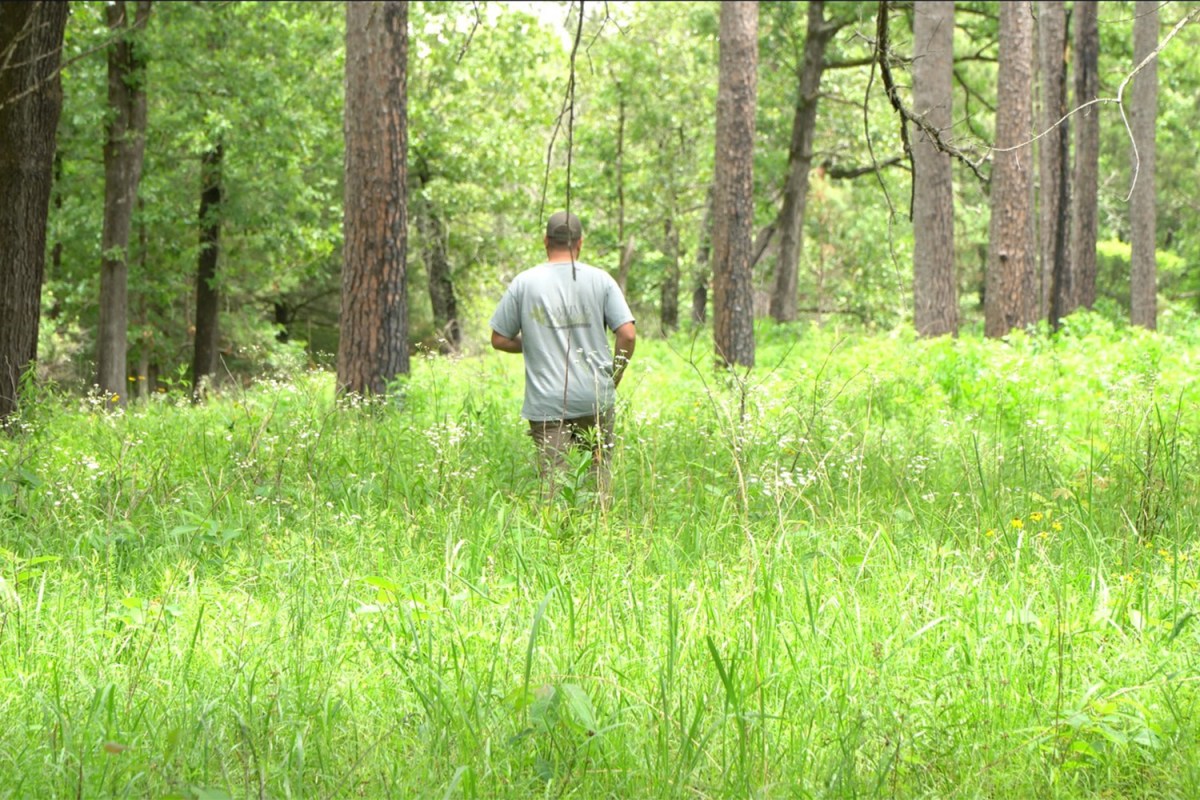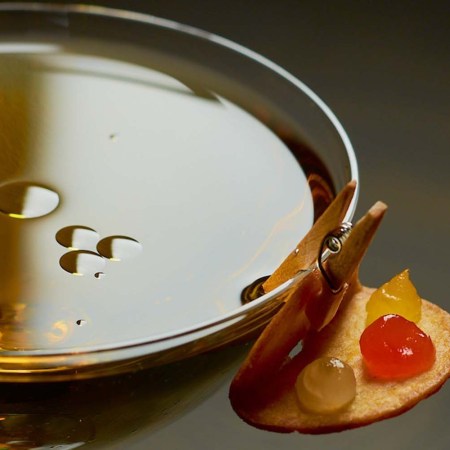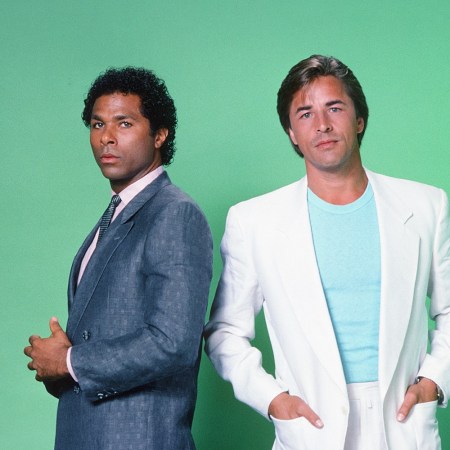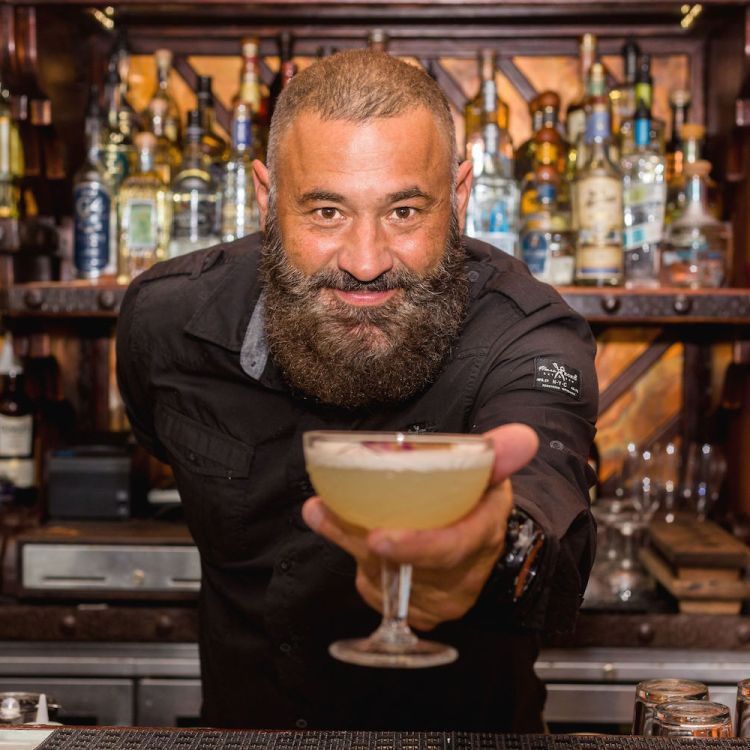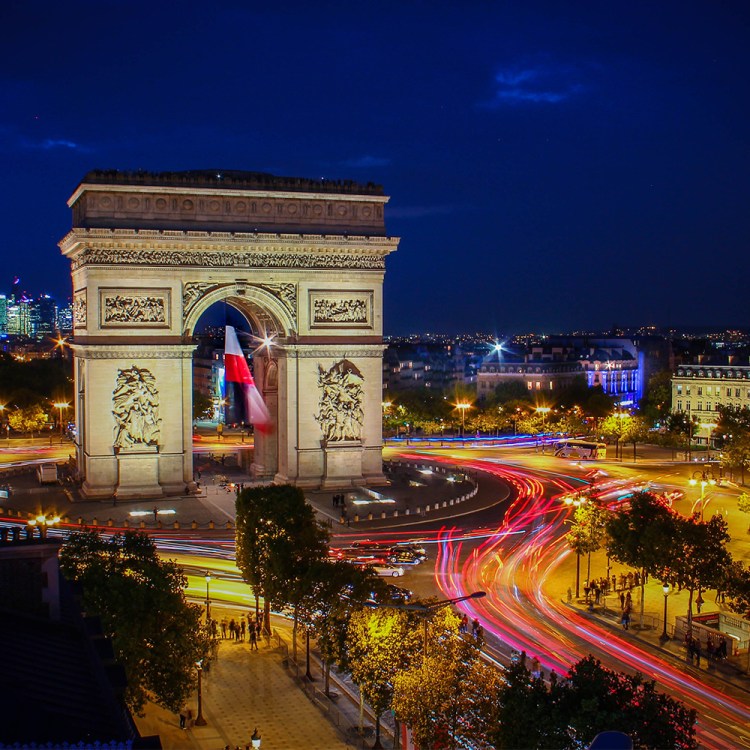Kyle Lybarger is a professional forester and conservation consultant. And he desperately wants you to kill your lawn.
The 29-year-old is unpretentious, talented and serene — but passionate. He’ll lull you in with quick-draw plant names and make wildflowers seem like bonafide miracles.
With a forestry degree from Alabama A&M, Lybarger has spent his professional career managing forests in the southeastern United States. He spends his days helping landowners get their timber milled, orchestrating controlled burns of prairie lands and, because he can’t help himself, keeping tabs on declining ecosystems.
“Ironically I’m a forester that’s passionate about grasslands,” he says. “In the Southeast, our grasslands are by far the most at risk. We’ve lost 99 percent to forestation and agriculture.” So when Lybarger began stumbling upon errant, neglected, natural grasslands at his day job, he asked the owners if he could manage what he found — for free.
“Sometimes you can walk miles without seeing those grassland plants … it used to be the majority of what was here, and now it’s just so rare to find. That’s what really piqued my interest,” Lybarger says. “Why [has] something that used to be so predominant and so important to the Southeast dwindled down to nothing?”
Lybarger created the Native Habitat Project to promote the restoration and management of native ecosystems, and codify his efforts. He gained mainstream attention after chronicling his efforts on TikTok, where he has over 300,000 followers. And he’s been able to convert his fans to legitimate supporters — Patreon donations allow Lybarger to continue offering a lot of his conversation work for free.
The effort has been truly grassroots, if you will: Lybarger actually collects seeds from plants he finds while driving around to use in his restoration projects. “If I see milkweed or some coneflowers, I’ll pull over on the side of the road, and then I’ll knock on the door of the landowner and say ‘Hey, you mind if I take a look around your property?’ And most of the time they’re like ‘Yeah, absolutely’ and they’re just as interested as [me],” he says.
Lybarger says most people don’t realize what they’ve got. His mission is to build appreciation for native ecosystems by educating folks, one yard at a time. “With the knowledge I have, I feel there’s responsibility,” he says. “I felt I needed to try to save it.”
Why Native Plants Matter
As the effects of climate change accelerate and people wonder what they personally can do, Lybarger offers a simple solution: Kill your lawn and rebuild the native ecosystem.
There are three major benefits to returning yards to native species, rather than ornamental — often invasive — landscaping favorites.
- The natural food chain benefits from native plants because those are the species local animals and insects rely on.
- Native plant root systems typically go very deep into the ground (sometimes 15 feet in the case of cylindric blazing star, which ironically peaks at 12 inches above ground). This helps with preventing erosion, improving soil quality, combating flooding and even filling our underground aquifers.
- Grasslands store 95 percent of their carbon underground — as opposed to forests, which store most of their carbon above ground. Should a fire occur, grassland should release less carbon than a forest environment.
Lybarger is quick to point out natives are also easier to maintain, requiring less water to flourish in their natural habitat. And that’s why he’s so excited about restoration: It’s a small, easy change with tons of benefits.
Lybarger’s really effective one-two-punch for ecosystem restoration is (1) removing invasive species and (2) swapping in natives, so he began working with local clients to upgrade their yards. Here’s one such client as shown on Lybarger’s TikTok:
If native plants are our heroes, invasive plants are their arch-nemeses. These plants are both non-native and grow and spread so quickly they can disrupt and choke out natives. And the bad news is they are probably in your yard right now.
“I was seeing a lot of invasive species — a lot of which were introduced via landscaping,” Lybarger says. “Things like nandina [sacred bamboo], bush honeysuckle, English Ivy, monkey grass and mahonia are common in this area. And a lot of those things are still being sold in stores. They don’t label them as invasive. They leave it up to the consumer to figure it out.”
Lybarger promises you won’t find anything more fulfilling than returning your yard to a native ecosystem. So we asked him exactly how to do it.
How To Go Native, From a Pro
InsideHook: First of all, what does your backyard look like?
Kyle Lybarger: I’m standing in it right now. The back two-thirds of my property is blooming. There’s swamp sunflower and Joe-Pye weed, swamp milkweed and goldenrod and blue mist flower. It’s a full-grown grassland behind my house now. It’s not just a mess. I have fire lines that me and my family use as trails for walking. There’s things blooming here from March until November — there’s always something blooming — so there are constantly pollinators buzzing around, constantly birds. I’ve seen more deer and rabbits and an increase of lizards. It’s turned it back into an ecosystem, and it’s really cool to be able to watch it.
How can someone start turning their yard native?
For the average person, you can just add a native plant by itself to your landscaping. Take an individual plant — Joe-Pye weed, for example — plant it by itself and use it in landscaping like you would your traditional, non-native landscaping plant. I tell people if there’s a species that you love that’s non-native, you can just Google “native replacement” for that species, and that’s a great way to find something native that you like.
Start small; don’t overwhelm yourself. Dedicate one flower bed, remove the invasive non-natives, add in a native. Do what you can — each year take a different section. Take it slow; it’s a process. I’d start with your worst area [in terms of invasive species] and try to make it your best area.
When I hear “grassland” I think of grass, like a grass lawn, but that’s exactly what you’re trying to replace. Can you explain the distinction between grassland and lawn?
Things like fescue and bermuda are pasture or turf grasses, and they are all non-native. Our native grasslands would be a mix of native grasses, sedges, wildflowers and even trees. It’s really more of a meadow — this video shows what a change from turf lawn to meadow grassland looks like:
We get a lot of rain. If everything is turf grass, that water doesn’t soak into the ground and it runs off; people get more flooding. By planting swaths of natives or rain gardens, it allows that water to soak into the ground. My pasture used to be sopping wet and flooded all the time. Now it just soaks it right up.
How do you find out what’s native in your area?
I find out what’s native to my area by seeing what’s around me. Drive by roadsides. Any time you see something blooming, take a picture. Use the iNaturalist app. It will identify plants, tell you if they are native and [show] projects in your region where people are taking pictures of plants. Put together a complete plant list of your area.
How much of a commitment is planting and supporting native plants?
[Natives] are perennials — they just come back. You don’t have to keep establishing them.
This article appeared in an InsideHook newsletter. Sign up for free to get more on travel, wellness, style, drinking, and culture.
